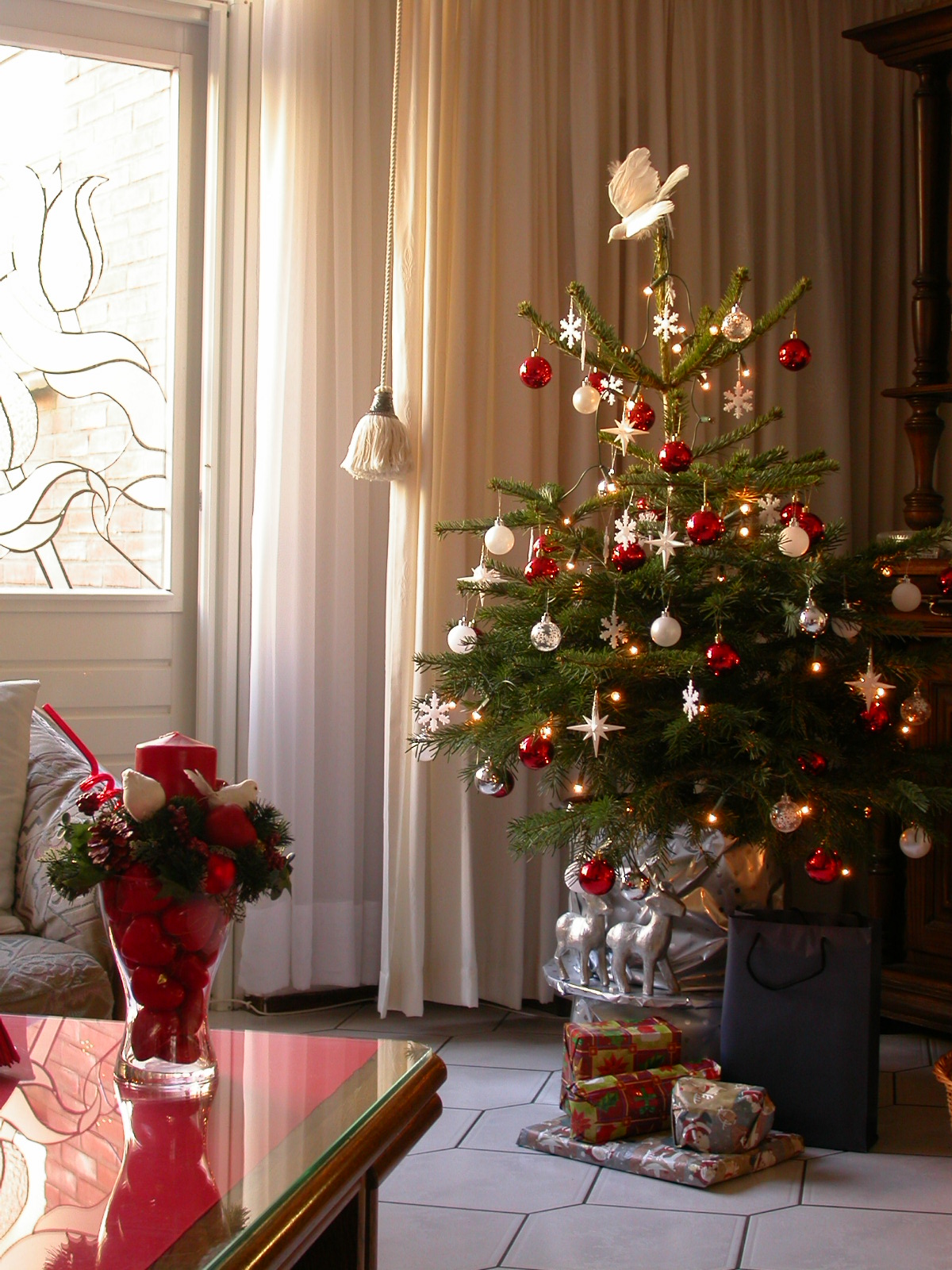High 25 Quotes On Personalised Baby Gifts
페이지 정보
작성자 Russell 댓글 0건 조회 4회 작성일 24-09-26 13:33본문
3. Improved indoor air quality: Houseplants release oxygen and increase humidity levels in the air, which can improve overall indoor air quality. This is especially beneficial in homes with poor ventilation or in urban areas with high levels of air pollution.
In conclusion, houseplants are a simple yet effective way to enhance our homes and improve our well-being. From their air-purifying and mood-boosting benefits to their aesthetic appeal and ability to connect us to nature, houseplants offer a multitude of advantages that make them a valuable addition to any indoor space. By choosing the right plants for your home, providing them with the right care and attention, and creating a green oasis that reflects your personal style, you can enjoy the many benefits that houseplants bring to your life. So why not bring a touch of nature indoors and transform your home into a green paradise with the power of houseplants?
 The history of garden design can be traced back to ancient civilizations such as Mesopotamia, Egypt, and Persia, where gardens were seen as symbols of power, prestige, and wealth. These early gardens were often enclosed by walls or hedges, with geometrical layouts, water features, and carefully manicured plants. The Hanging Gardens of Babylon, one of the Seven Wonders of the Ancient World, is a prime example of the grandeur and opulence of ancient garden design.
The history of garden design can be traced back to ancient civilizations such as Mesopotamia, Egypt, and Persia, where gardens were seen as symbols of power, prestige, and wealth. These early gardens were often enclosed by walls or hedges, with geometrical layouts, water features, and carefully manicured plants. The Hanging Gardens of Babylon, one of the Seven Wonders of the Ancient World, is a prime example of the grandeur and opulence of ancient garden design.
One of the most famous examples of Tudor garden design is Hampton Court Palace, which boasts a magnificent array of formal gardens, including the famous knot garden and the Great Vine. These gardens were meticulously planned and maintained, with every plant and tree placed with precision to create a sense of order and symmetry.
The post-war period saw a rise in interest in organic gardening and sustainable design, as people became more aware of the environmental impact of traditional gardening practices. The concept of the "wild garden" gained popularity during this time, https://Broadmind.co.kr with an emphasis on creating habitats for wildlife and using native plants to create a sense of place.
In the 20th century, garden design in Britain began to reflect a more eclectic and diverse range of influences. Modernist architects such as Le Corbusier and Frank Lloyd Wright began to play a role in garden design, with a focus on simplicity, functionality, and the integration of indoor and outdoor spaces.
3. Spider Plant: One of the easiest houseplants to care for, the spider plant is known for its long, arching leaves and ability to purify the air. It does well in a range of light conditions and only requires occasional watering.
Garden design has long been an integral part of British culture, with a rich history that dates back centuries. From the formal gardens of the Tudor era to the picturesque landscapes of the Romantic period, the evolution of garden design in the UK has been shaped by a myriad of influences, including changing tastes, advances in technology, and the natural environment itself.
2. Light: As mentioned earlier, different houseplants have different light requirements. Make sure to place your plants in an area of your home that receives the appropriate amount of light for their specific needs. If your plants aren't getting enough light, consider investing in a grow light to supplement their natural light.
Another factor to consider is the level of humidity in your home. Many houseplants, especially tropical varieties, thrive in humid environments. If your home tends to be on the dry side, you may want to consider investing in a humidifier or grouping your plants together to create a mini greenhouse effect.
Tropical houseplants offer a wealth of beauty and benefits, making them a fantastic addition to any indoor garden. Whether you're looking to purify the air, boost your mood, or simply brighten up your space, tropical houseplants can help you achieve your goals.
Houseplants have become increasingly popular in recent years, with many people recognising the numerous benefits they bring to both our homes and our well-being. From improving air quality to boosting mental health, the humble houseplant is a simple yet effective way to add a touch of nature to our indoor spaces.
4. Snake Plant: Also known as mother-in-law's tongue, the snake plant is a hardy, low-maintenance plant that thrives in bright, indirect light. Its upright, sword-like leaves make it a striking addition to any indoor space.
When it comes to choosing houseplants for your home in the UK, there are a few things to consider. The first is the amount of light that your space receives. Different plants have different light requirements, so it's important to match the plants to the natural light available in your home. For example, plants like succulents and cacti thrive in bright, indirect light, while ferns and peace lilies prefer shadier spots.
The Tudor era is often regarded as the starting point for formal garden design in Britain. Influenced by Italian Renaissance gardens, Tudor gardens were characterized by their symmetrical layouts, geometric patterns, and elaborate topiary. These gardens were often seen as extensions of the grand estates on which they were located, serving as status symbols for their wealthy owners.
- 이전글6 Options To PokerVIP 24.09.26
- 다음글What Everyone Must Know about Highstakes Casino 24.09.26
댓글목록
등록된 댓글이 없습니다.